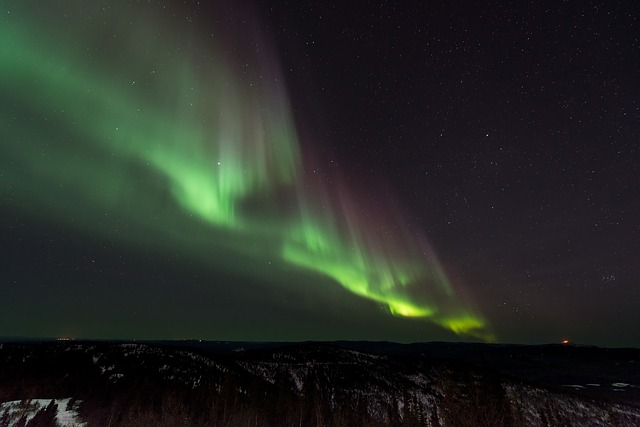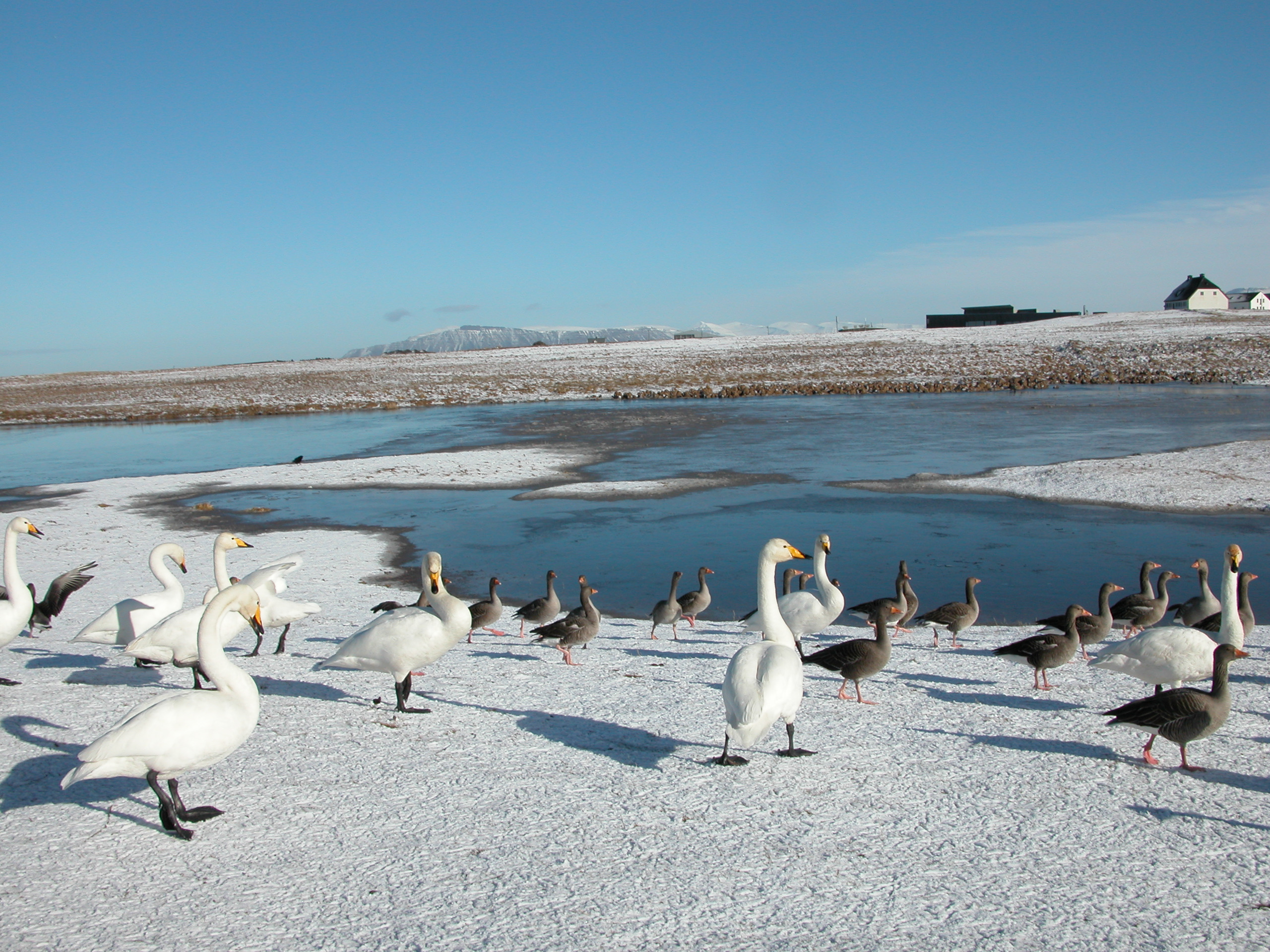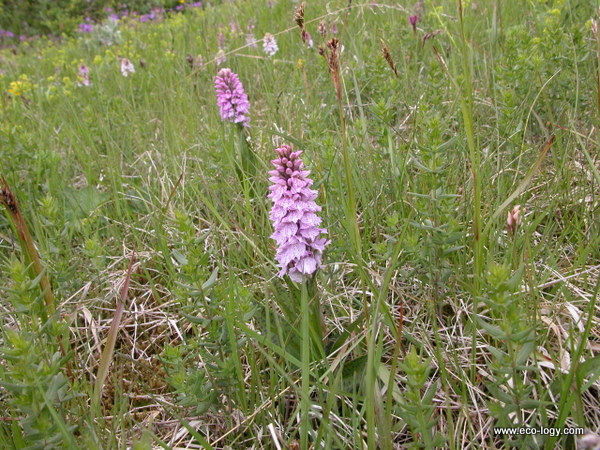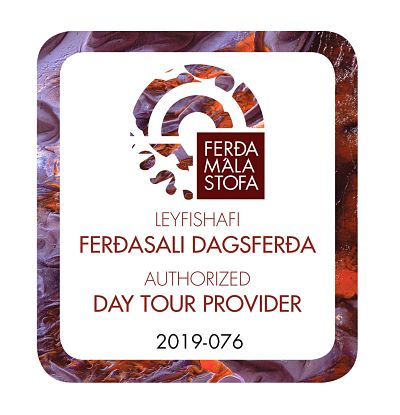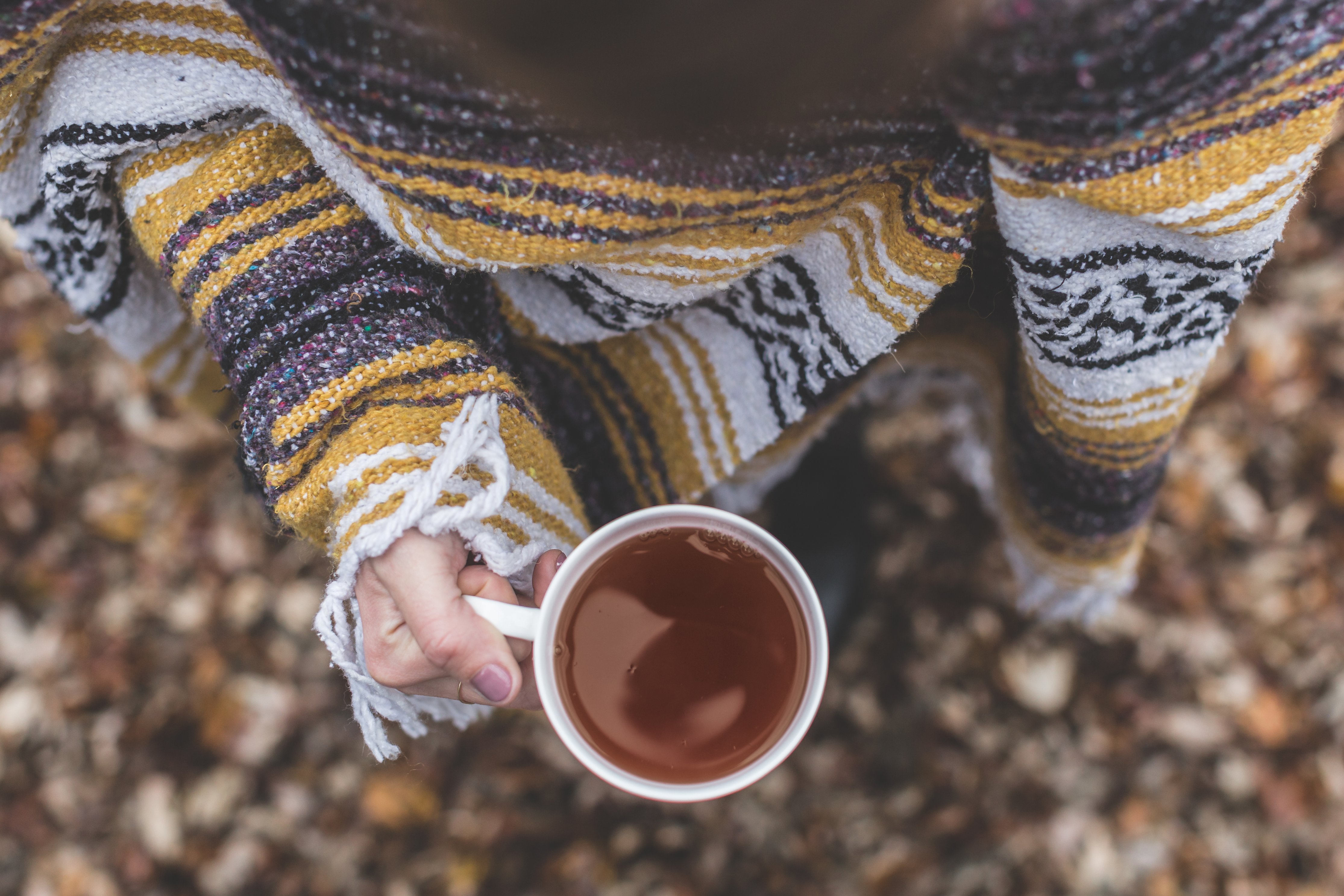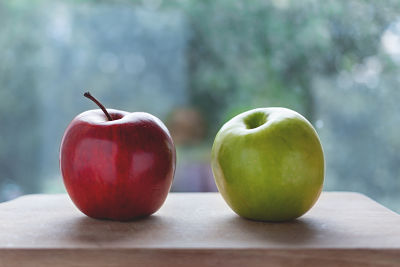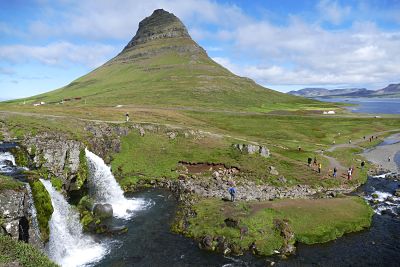Botany News
Botanical Information
Welcome to this seventh edition of Botany News!
TOPICS:
- A note from the editor
- The aquatic plants of Iceland
- Green Tabloid – Speaking of acid rain
- The Figs
- The Flower Box
- A special announcement to Icelandic readers
Submit your own Botany News article!
Visit our website: Eco-Logy.com
A note from the editor
Have a nice summer and welcome to Botany News! I hope you will enjoy the material and I welcome feedback from you. If you like this new e-zine you could let your botanical friends know about it. Some of you are already signed up for receiving Botany News. I am pleased to see that readers of Botany News and the Eco-Logy.com website come from all over the world! During the past year our readers have come from over twenty European countries, more than ten countries of North, South and Central America, quite a few Asian countries, two African countries and both Australia and New Zealand. I welcome you all! I have already received some suggestions from readers on material for this e-zine. Why not send me your letters and articles to be published in Botany News and share your joy of plants with readers worldwide? Perhaps, you have your own website on plants, if so contact us for possible link exchange.
The aquatic plants of Iceland
Ponds and streams are often well suited for plant and animal life. On Reykjavik Pond, Tjörnin, there are Mallards (Anas platyrhynchos), other ducks, and Whooper Swans (Cygnus cygnus). In the vicinity of the city, there is Ástjörn a pond with several characteristic aquatic species and further outsite Reykjavik there are many lakes and ponds. Everywhere in ponds and on lake banks there are emergent, submerged and floating aquatic plants. Ponds are often situated in wetlands, where you find plant species such as Narrow Smallreed (Calamagrostis stricta), the tiny Northern bedstraw (Galium boreale), Tea-leaved Willow (Salix phylicifolia) and the colourful Marsh Violet (Viola palustris).
Commonly by pond banks and shallow ponds, you find the yellow-flowered Marsh Marigold (Caltha palustris), Marsh Cinquifoil (Potentilla palustris), Garden Angelica (Angelica archangelica), and grasses such as Orange Foxtail (Alopecuris aequalis) and Fiorin (Agrostis stolonifera). Robust sedges such as Lyngebye's Sedge (Carex lyngbyei) and Beaked Sedge (Carex rostrata) grow on lake banks, while the thread-formed Arctic Rush (Juncus arcticus) and Common Cottongrass (Eriophorum angustifolium) form large mats or smaller tufts. Tall pond bank vegetation is an excellent place for various ducks and waders to hide.
In lowland marshes and shallow ponds you may find the delicate Whorl-grass (Catabrosa aquatica) and more rarely the large Floating Sweet-grass (Glyceria fluitans). Nesting near the ponds, there are ducks, phalaropes, and grebes. On a quiet early morning you may hear the song of the Common Loon (Gavia immer). On muddy soils, in wet meadows and shallow ponds in South Iceland you will see the occasional Water Speedwell (Veronica anagallis-aquatica), while the puny, white-flowered Starwort Mouse-ear (Cerastium cerastoides) and Common Spike-rush (Eleocharis palustris) grow on pond banks. The true aquatic plants, the pondweeds (Potamogeton) and bur-reeds (Sparganium), are found deeper in the pond. Pondweeds often have leaves floating in the surface, while the plants remain attached on their long stem. Submerged water-milfoils (Myriophyllum) are found even further out in the pond water. In the water surface, there are free-floating species such as the Lesser Bladderwort (Utricularia minor), a mysterious insect–eating plant, and swarms of tiny algae and bluegreen bacteria.
Green Tabloid – Speaking of acid rain
Industry and cars are a part of our modern existence. However, there is a constant need to try to control and minimize our impact on the living environment and the world's precious water resources.
Although, industries and cars are now equipped with improved technology to reduce the adverse effects of pollution, the impact of car pollution and industrial activities is increasing. One of the consequences of industrial and car emissions is the rising concentration of sulphur dioxide in the air we breathe. Sulphur dioxide contributes to the formation of acid rain. In turn, acid rain may cause local pollution or be carried with prevailing wind systems to remote areas. In the cities of Europe and North America acid rain changes the appearance of trees by destroying the delicate epiphytic lichens. Acid rain also leaves scars by eroding the stones of buildings and artwork. While the effects of acid rain and other pollution is often pronounced in cities, the destructive effect of acid rain often reaches natural lake systems harming fish and other aquatic creatures.
The Figs
The edible figs are much grown in the Mediterranean region and are the compound fruits of the Common Fig Tree (Ficus carica). Figs are consumed either fresh or dry, while the most delicious figs are only partly dried and remain soft in the centre. The Common Fig tree is a robust tree reaching 6-8 meters; it carries very large hand-shaped leaves. The Common Fig Tree is also a pioneer in semi-natural successional habitat. The most commonly grown variety grown in Spain and elsewhere in the Mediterranean is pollinated by wasps. While the Common Fig Tree grows best in dry climate, it requires patches of humidity found within dry regions. Figs are eaten as sweets, pickles, fillings of cookies and ingredients of cakes. Figs and fig delicatessens are sometimes flavoured with cinnamon and other spices.
Many species of fig trees grow in tropical countries, both in East Asia and South America, and are consumed by birds, monkeys and bats. In South-East Asia the Malayan Banyan (Ficus microcarpa) grows inland from the mangrove swamps. This beautiful fig tree produces flowers from the trunk. Another fig tree, the sacred Bo-Tree (Ficus religiosa), is a native of India; this woody plant grows as a strangling fig on other tree trunks and on maconary. Rubber Tree (Ficus elastica) contains sap from which natural rubber is made. Rubber Tree is a popular house plant in Iceland and other northerly countries. It is currently the largest plant I am growing indoors and is about one meter tall!
The Flower Box
Iceland is a good place to explore nature and wildlife. Consider e. g. Whale and Puffin watching, a day to remember at the Blue Lagoon or plan to explore the Icelandic flora by joining our Botanical Tours in Iceland. We are now accepting bookings for the summer so fill in the order form! contact us in advance if you have any enquiries. Updated information on the tours is published in this section. If you wish to participate and are planning a trip to Iceland contact us well in advance. This year there are several meetings of interest to botanist in Europe including:
- Systems Biology
- Conservation Biology
A special announcement to Icelandic readers: Gleðilegt sumar! Við tökum nú við greinum á íslensku. Sendið okkur bréf og greinar um gróður til birtingar í næsta hefti Gróðurfrétta (Botany News), þið getið líka skoðað fyrri hefti á netinu. Mögulegt er að hafa tengla inn á ykkar netpóst og vefsíður í fréttabréfinu. Eco-Logy.com býður nú einnig upp á íslenska tengla og tenglaskipti við aðila með svipuð áhugamál. Miðlið af ykkar eigin fróðleik til annars áhugafólks um tengd málefni, t. d. plöntur, gróður, ræktun, náttúru landsins og útivist. Ég hef nú þegar fengið margar ágætar tillögur að efni í blaðið frá lesendum. Vil minna ykkur á að Plöntuferðir, verða farnar frá Reykjavík um Suðurland nú í sumar. Það er hægt að bóka nú þegar. Stærri hópar, 12-35 manns, geta pantað sérferðir en fastar dagsferðir til plöntuskoðunar verða annan hvern laugardag í sumar og verður fyrsta ferðin 10. júní. Þið getið líka haft samband ef þið hafið einhverjar spurningar. Fyrir þá sem hafa áhuga á lífrænum jurtavörum til gjafa má skoða sölusíðu Þundar.
Submit your own Botany News article!
You can write on any topic related to botany. Short essays on plant biology are especially popular. It can also be a review of recent botanical developments. Anything that will help your fellow botanists and make it possible for them progress in their work!
The articles should be approximately 300-1000 words and may include a link to your own website if you have one. If required editing will be made of the text as needed for the e-zine. We are now also accepting articles in Icelandic. Also, send us your plant photos with a brief description! Your article is still yours and you keep the full copyright. Articles that do not fit the profile or purpose of Botany News are not published.
Submit your own Botany News article!
Best wishes,
Soffia Arnthorsdottir
BOTANY NEWS is published by Thund, Reykjavik, Iceland
Contact us
April 29, 2006 -- Botany News, Issue #007
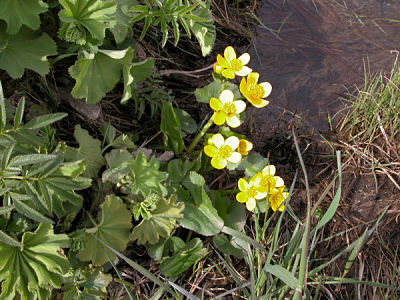
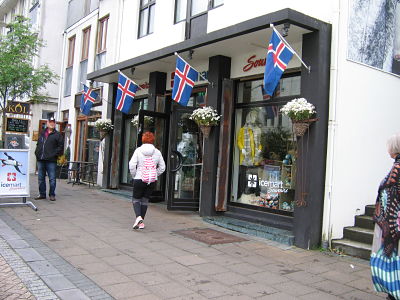

Skráðu þig til að fá Gróðurfréttir! - Sign up to receive Botany News!

